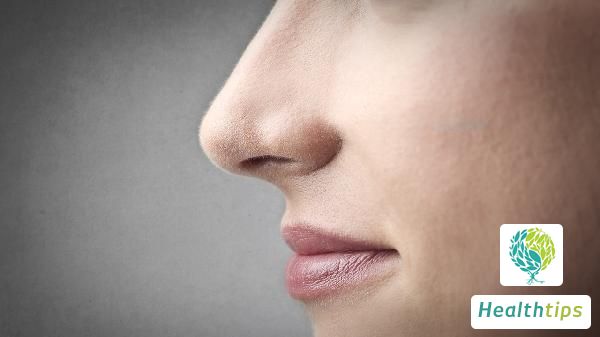What are the human diseases caused by microorganisms?
Microorganisms are a relatively general term, generally referring to organisms with a size less than one millimeter. Typically, they belong to single-celled organisms. The bacteria, viruses, and fungi we commonly refer to all belong to microorganisms. There are many human diseases caused by microorganisms, such as influenza, measles, meningitis, chickenpox, mumps, diphtheria, pertussis, pneumonia, tuberculosis, and legionnaire's disease.

1. What are the human diseases caused by microorganisms?
Microorganisms refer to biological populations with individual volumes generally smaller than 1mm in diameter. They have simple structures, most of which are single-celled, and some even lack cellular structures. People usually need to use a microscope or an electron microscope to see their morphology and structure clearly. It is worth noting that the concept of microorganisms is relatively general, and the boundaries can sometimes be very blurred. For example, single-celled algae and some protozoa should also be considered microorganisms, but they are not usually studied as microorganisms. Without microorganisms, plants cannot perform metabolism, and humans and animals will not be able to survive. Respiratory diseases caused by microorganisms include influenza, measles, meningitis, chickenpox, mumps, diphtheria, pertussis, pneumonia, tuberculosis, and legionnaire's disease.
2. Types of microorganisms
Microorganisms include a wide range of biological populations, such as bacteria, viruses, fungi, and some small protozoa, microscopic algae, and other organisms. They are tiny in size and closely related to humans. In textbooks in China, microorganisms are classified into the following eight major categories: bacteria, viruses, fungi, actinomycetes, rickettsia, mycoplasma, chlamydia, and spirochetes.



















